Once leaving the coast behind, we commenced to drive eastward to the Andes—quickly stopping at the Nazca lines–ascending nonstop for hours until our ears popped and breathing became hard. The scenery change from sea level to 5,000 m was drastic—the golden dunes were replaced by green pampas and snowy peaks, with glacial lakes and vicunas grazing everywhere. Seeing people and cities was rare, and whenever we stumbled upon civilization, it was no more than a handful of low, adobe houses with stone corrals for the llamas and alpacas; additionally, people wore traditional clothing and garments: women had braids and tall hats, big skirts with pants and colorful jackets; men wore simple pants and sandals, at times, a colorful jacket or wool shirt. Our crossing to Cusco was extremely long, thus, we spent the night in the middle of the grasslands, brewing coca tea for the first time to help with the altitude sickness and sleeping with 3 layers of clothes due to below freezing temperature. The following days consisted of the same things—skinny roads intertwining the mountains and valleys, mud houses and grasslands, colorful clothes and long braids, vicunas and llamas—until arriving in Cusco, the capital of the Inca Empire.





Our time in Cusco was definitely one of the highlights of Peru. The historical downtown was charming and beautiful mountains surrounded the city. Besides having my grandpa with us, my uncle also joined our party in order to do the 5-Day Salkantay Trek. While in Cusco, I spent most of my days in cafes catching up with university work, eventually visiting an attraction here and there. Like Lima, Cusco was packed with delicious restaurants, my absolute favorite being Incanto Restaurante Italiano (amazing gnocchi with ossobuco and trout with humita), Greens Organic Restaurant for brunch, and La Bodega 138 for a carb-load of pasta and pizza (great price). Cusco is perfect for walking since it has many, many, many calles, hidden plazas, cafes with terraces, and small shops with them most beautiful crafts—the best place to buy clothes of fine baby alpaca llama, as well as the highest quality of wool in the world, the vicuna! Some famous tours are the Templo Del Sol (worth the 50 pesos for a private tour), and the day tour of Valle Sagrado, which passes through the small, traditional pueblos of Pisac, Chinchero, Urubamba, the colorful Salineras de Maras, and Ollantaytambo. Of course, I couldn’t leave out one of the seven wonders of the world—the ruins of Machu Picchu—however, instead of taking the train or bus to the archeological site, we hiked there! The Salkantay Trek was definitely one of the most memorable days of our 3-year-long trip: 5 days and 4 nights climbing across snowy peaks, small, isolated communities deep in valleys, thick forests, waterfalls and rivers, and finally, the ancient Inca ruins of Machu Picchu. I cannot emphasize how great the company we went with, TreXperience, was! Our guide, Charly, was phenomenal and his team—Lorenzo, the chef, and Barnabe and Rosario, the chef’s helpers—attended to our needs, from preparing the best dishes to setting up camp. Luckily our group was small, 8 people plus staff, and we quickly developed a strong bond during the hike.














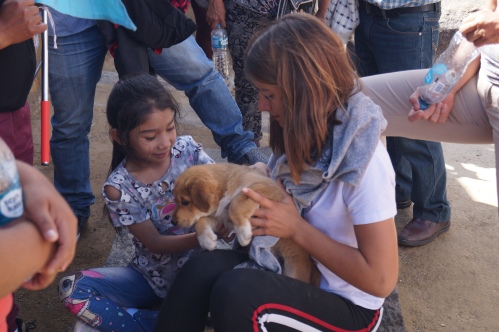
We kicked off our first day climbing the Humantay Lake, a crystalline pool of glacial water laying at the feet of the snow-capped Humantay Mountain. From there we pushed through a steep ascend on the rocky slopes of the Andes, breathing heavily with the 4,000+ altitude and chewing coca leaves to help with any altitude sickness. The mountains were glorious with their steep hills and snowy peaks, while the last sun rays covered the valley below us; we camped alone almost at our trek’s highest point (4,600 meters), and the Salkantay Mountain loomed over our tiny tents like a great, white giant. As the temperature dropped considerably, the moonless sky displayed millions of stars and the milky way stretched across the firmament. On the following morning, as I drank my daily dose of coca tea—your best friend in high altitudes—Salkantay reflected the first daylight. We raised camp and ascended the remaining half an hour to 4,600 elevation, where we celebrated for reaching the highest point of our hike and took in the view of the great mountain. The following hours consisted of nonstop downhill, passing through rocky slopes, tiny adobe villages, eventually reaching our second camping spot in a small village situated at the bottom of a valley. The third day my feet already throbbed, countless blisters formed, and duck tape and band-aids became must-haves for me; still, we persisted and hiked another 22 km across the jungle and a steep uphill to our next sleeping spot: Llactapata, a campsite across the valley from Machu Picchu overlooking the ruins and the overshadowing Huayna Picchu mountain. Next morning we prepared to descend the mountain and push through our last day of hiking; with feet barely visible from so much tape and sore legs, we crossed the valley and contoured the mountain of Machu Picchu, eventually following a railroad for the last 10 km or so until arriving in Aguas Calientes, the closest town to the Inca ruins. Our last night was spent in a hotel, I was never half so glad to sleep on a bed and have a nice, steaming-hot shower, only to wake up the following day at 4:30 am and catch the first bus to Machu Picchu (it’s possible to climb to the ruins too). The archeological site was lost in the morning mist, some green peaks emerged from the bed of clouds below, and the first sun rays broke through the thick fog. Only two hours later the ruins and the photogenic Huaynay Picchu were visible, forming that popular postcard photo of Machu Picchu known across the world. We zig-zagged through little hills and grazing llamas, terrazas which once overflowed with grains and potatoes, and ancient stone houses—which depicted the impressive architecture and building techniques of the Incas.











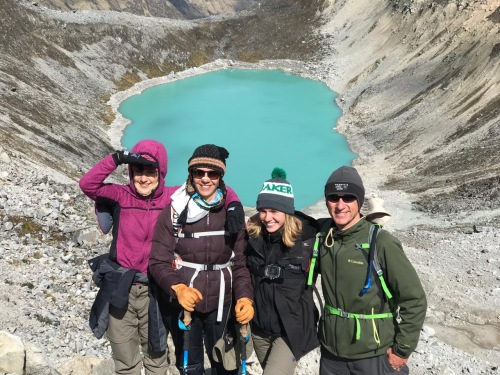


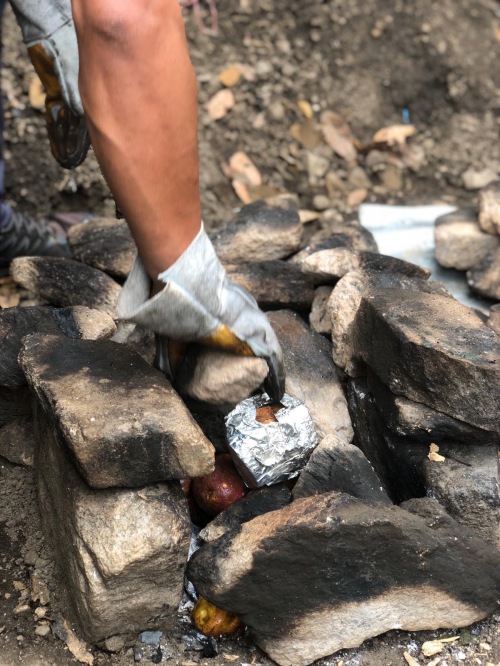








From the high Andes we descended eastward to the Peruvian Amazon Jungle, where we stayed in Puerto Maldonado—an old mining town—which borders the Tambopata and Madre de Dios (Rio Madeiras in Brazil) rivers. Puerto Maldonado’s primary income derived from gold mining, where 90% of activities were illegal and depleted the region’s natural resources and affected local indigenous communities, such as the Maxcopiro tribe; however, for the past handful of years the Peruvian government has been incentivizing ecotourism and nature-friendly activities. The few days we stayed there were quite memorable, since we explored a tiny fraction of the largest tropical rainforest in the world—The Amazon Rainforest. We spent a 3 days in the midst of the Amazon forest with Mario Cueto, a phenomenal guide from Ararauna Tours, who taught and explained to us everything we needed to know about the fauna and flora of the Tambopata National Reserve (a park within the Amazon Rainforest).


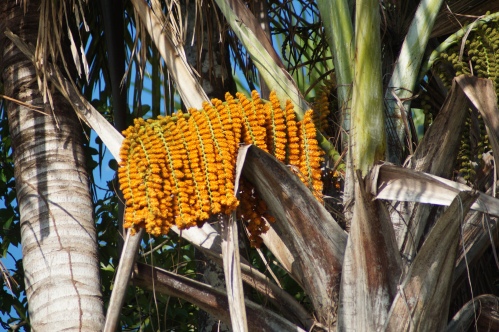
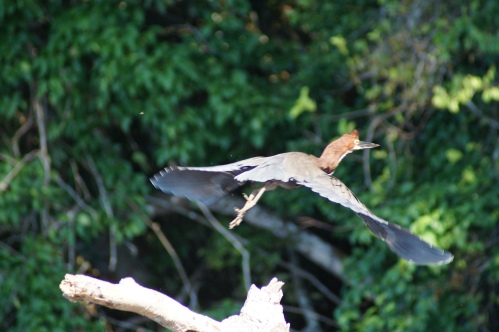
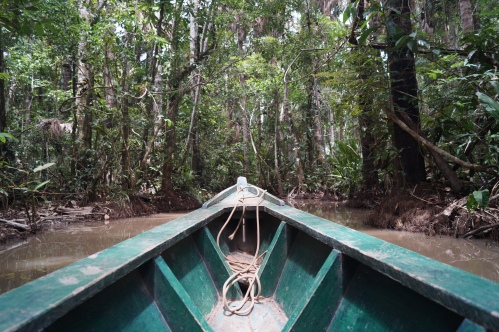
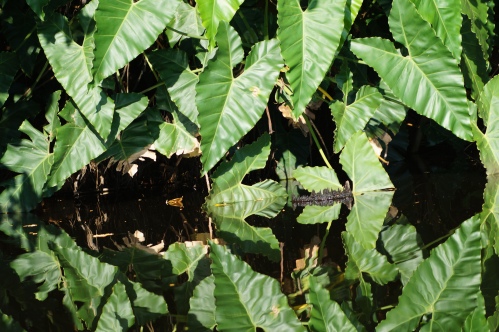




The first day of our tour began with a boat ride downriver until arriving in the Tambopata National Reserve, where we hiked for a few kilometers until reaching Sandoval Lake, a calm lagoon engulfed by thick rainforest and palm trees, which we canoed across. As we paddled below the bright-green canopies, while multicolored butterflies fluttered about and howler monkeys screamed from the depths of the forest, many birds flew by and great river otters played with one another nearby; Mario in turn talked about each specie and its peculiarities. The little village we stayed in was composed of a main house, where breakfast was served and hammocks hung from the wooded walls, and little rooms, where mosquito nets draped over skinny beds–everything was beyond perfect! Energy was available only for a few hours daily, and the dark nights came alive with the music of the forest: frogs croaked, nocturnal birds shrieked and chirped, monkeys grunted, along with the sound of other unknown animals…every night we fell asleep and woke up to a hundred different melodies. The following days were full of hikes throughout the jungle, morning canoe tours along the margins of Sandoval to observe the fauna, and night tours in order to spot the red eyes and lean shapes of the black caimans.
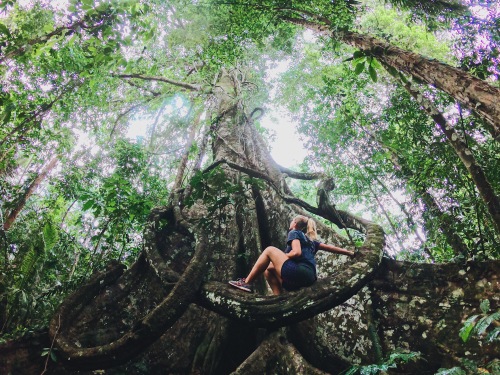





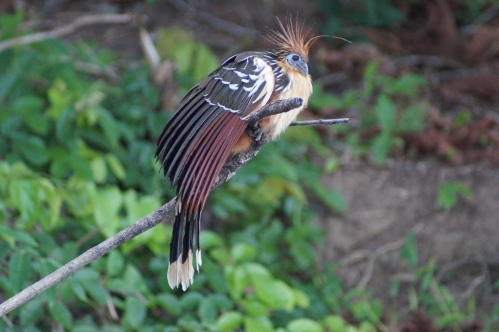



From the warm and humid Amazon Forest near the Brazilian/Bolivian border, we headed back southwest, ascending the Andes once again until the altitude of almost 4,000 m. Even though the landscape changed drastically between the copious rainforest to golden valleys and snowy peaks, the quick switch of altitude didn’t affect me at all–a huge win! On our way to Lake Titicaca, we crossed many plateaus with minuscule villages, where farmers raised llama and sheep for wool and meet, as well as potatoes, maiz, and other tubers; additionally, the low adobe houses with stone corrals were dispersed across the valleys, mountains, and plateaus, and children helped their family with farming (all work done manually).

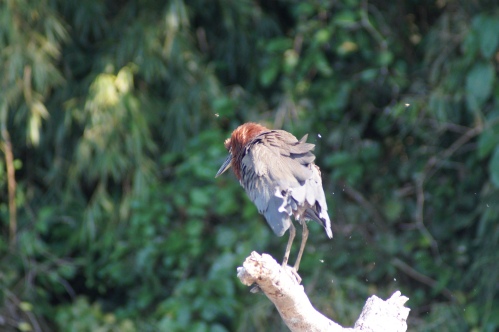






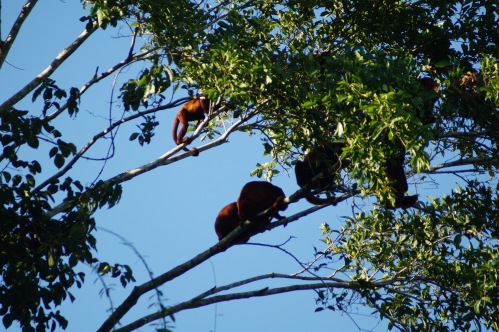
We arrived in Lake Titicaca (which means grey/rock puma in Aymara and Quechua) late into the night, luckily finding a place to stay near the water and amid smallholdings crowded with bleating sheep. The following morning, a blue-skied day thankfully, we went off to explore the famous Uros Islands, also known as the floating islands, and the Taquile Island, whose community has very unique costumes (we went with Giant Trip Company 50 soles/person, very good!). Since the Uros are composed by dozens of floating islands–all made from totora, a papyrus-like plant–we visited the isle of Suma Utita, where six families resided and were represented by a president called Mario. Our boat was warmly welcomed by the families, mostly women dressed in bright-colored skirts and jackets, who explained and showed us how their islands worked as well as their culture…for instance, the Uros people rely on the eggs of wild birds, dried bird meat, and the milky-white interior of the totora, which is also a powerful teeth whitener and has medicinal properties. Also, unlike the Incas whose language is the quechua, the Uros speak the aymara, a much older language.The floating islands commenced when Pre-Inca groups gathered their boats at the heart of Lake Titicaca, and from there the Uros started using the totora roots as a base for their islands, expanding their territories beyond the totora boats. From Suma Utita we rode to Taquile Island, whose economy relies on textiles and farming. Different from the rest of Peru, where weaving is a woman’s task, in Taquile the men are in charge of such work–good weavers mean great husbands-to-be who can provide for the family, poor weavers are viewed as bad matches. In Taquile, the Quechua language and costumes are still preserved, and the island has a communist system. A very interesting costume is when a woman falls in love, she will cut a piece of her thick hair and weave it into a detailed wool belt with 12 figures, which represent the 12 months of the year, and give it to her partner as a token of love. As for family structures, it’s common for a man and a woman of 16-18 years to live together before getting married, and even have children at an early age, only to marry between 18-21 years old.

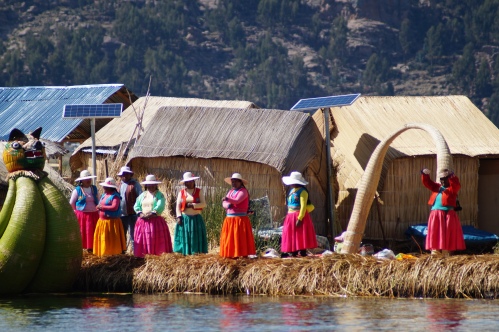


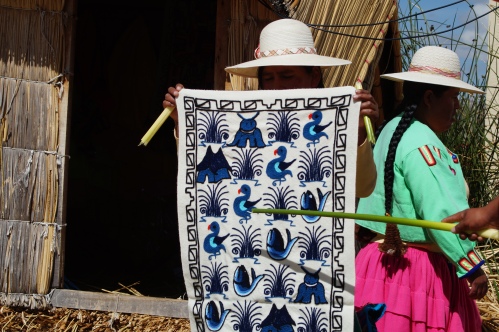







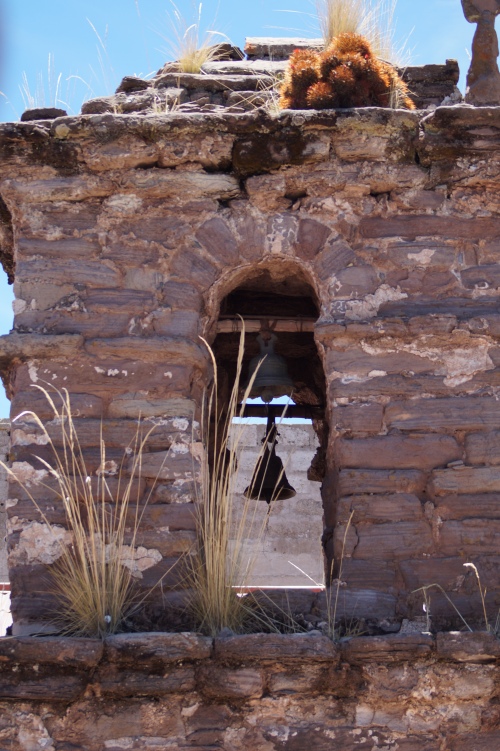

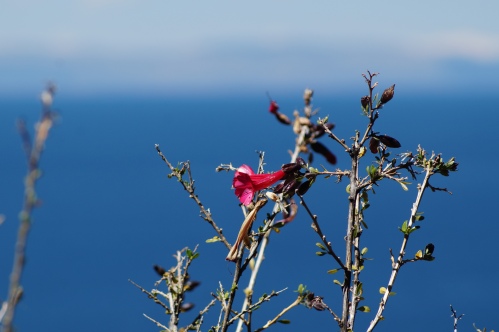



Our last stop in Peru was Arequipa, a beautiful town in the midst of the desert at the base of three volcanoes. Arequipa is famous for its plaza de armas and numerous calles framed by colonial buildings, parks, local craft shops, the many cafes and restaurants, and various historical buildings which mark the landscape. We parked on the yard of a charming hotel, where we met other travelers from all over world–Switzerland, France, Germany, amongst others–and got to share our stories and adventures over a small camping table filled with cheese, wine, and chocotone (a Brazilian Christmas sweet). Many of our evenings were spent with fellow overlanders, others we wondered off by ourselves. Besides the daily strolls around town, we visited the colorful Monasterio de Santa Catalina, which was the home for many high-society women for centuries (highly recommend a guided tour); the great Basilica Catedral de Arequipa, a 17th century building stretching across the plaza de armas; the unique Seville-style Jesuit church, Iglesia de la Compania; the archway of Yanahuara, which has a great view of the city; the extremely informative Museo Santuario Andinos, where Arequipa’s famous “ice maiden” can be seen and much of the Inca culture is explained. As always, there are a few restaurants and cafes which I believe worth paying a visit to: Giancarlo Pizzaria is a small, authentic Italian restaurant near the monastery which offers mouth-watering individual pizzas; and Zig Zag, a cosy place with a variety of dishes, including the coveted alpaca. Besides these two, there are numerous chocolate shops and bars offering pisco sour, one of the most popular drinks of Peru.







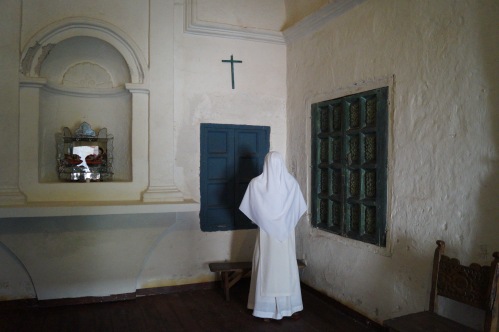


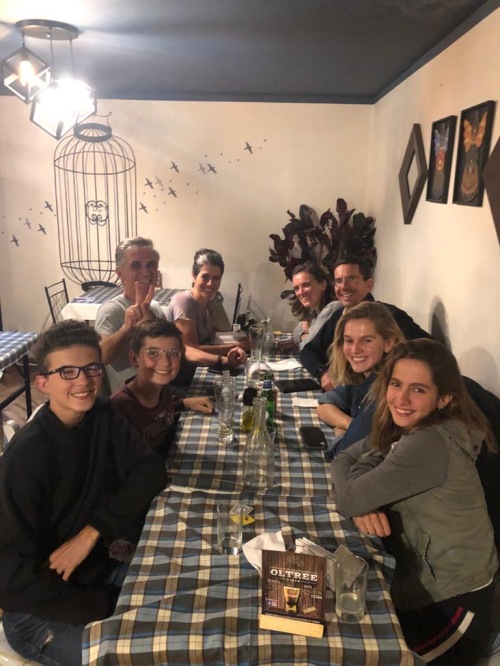


Anna this report about Central Peru was really amazing! Lot’s of nice pics and info.
LikeLiked by 3 people
Glad you enjoyed it!!
LikeLiked by 1 person
Great post 😁
LikeLiked by 2 people
Thank You!!
LikeLike
Hola linda familia soy Leo de Santa Isabel provincia de La Pampa en Argentina. Les mando un abrazo grande y acá estaré para lo que necesiten
LikeLiked by 3 people
Buenas Leo, me alegro que entraste en contacto con nosotros! Otra vez, muchísimas gracias por todo q tu y su familia han hecho por nosotros durante la cuarentena!
LikeLike